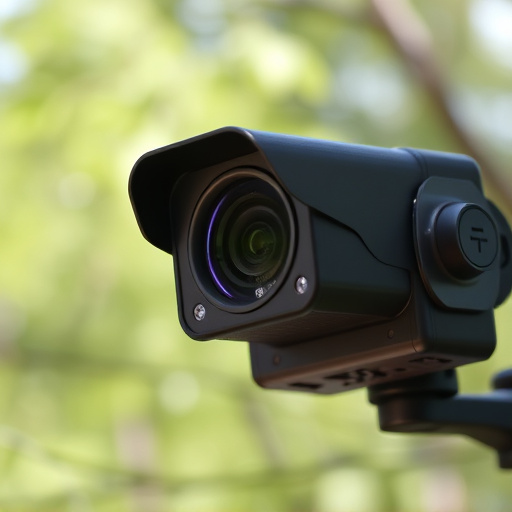Wireless nanny cams without an internet connection offer discreet home security, allowing real-time access via smartphone apps over local networks or cellular signals. They can operate independently, streaming or recording video even offline. Manual detection methods like electromagnetic emission and infrared lighting with thermal imaging cameras help uncover hidden cameras. However, navigating legal and ethical boundaries is crucial; many regions have strict regulations against covert recordings, and prioritizing open communication between caregivers and parents is an ethical alternative.
Discover the art of identifying covert recording spots with our comprehensive guide. In today’s digital age, wireless nanny cams offer unprecedented surveillance capabilities, even without an internet connection. Explore innovative methods to locate these hidden devices, ensuring your privacy and security.
Learn about the latest wireless nanny cam technology and unlock its potential for discreet monitoring. Understand the legal and ethical boundaries surrounding secret recordings, empowering you with knowledge in this evolving landscape.
- Understanding Wireless Nanny Cam Technology: Unlocking the Possibilities
- Identifying Covert Recording Spots Without Internet: Practical Methods
- Legal and Ethical Considerations for Secret Recordings
Understanding Wireless Nanny Cam Technology: Unlocking the Possibilities
Wireless Nanny Cam technology has revolutionized home security and monitoring, offering a discrete and powerful solution for parents and homeowners alike. Unlike traditional cameras requiring a constant internet connection, wireless models provide flexibility and convenience with their self-contained design. These cams operate independently, allowing for real-time video streaming or recordings even without an active internet link. This is particularly useful in situations where internet connectivity may be unstable or limited, such as remote locations or when seeking covert surveillance.
The key advantage lies in the camera’s ability to transmit data wirelessly over a local network or cellular signal. Once set up, users can access live feeds or recorded footage via a dedicated app on their smartphones or tablets. This means no complicated wiring or reliance on centralized internet hubs, making it an ideal choice for discreet monitoring without raising suspicion. Whether for child supervision, pet care, or home security, wireless nanny cams offer peace of mind and advanced functionality without the constraints of traditional internet-dependent systems.
Identifying Covert Recording Spots Without Internet: Practical Methods
When it comes to identifying covert recording spots without an internet connection, practical methods can be employed using a wireless nanny cam without internet as a tool. One effective approach is to conduct manual sweeps with specialized equipment capable of detecting electromagnetic emissions. These devices can pick up signals from hidden cameras, even those operating without network access. By utilizing this technology, individuals or professionals can systematically search areas of concern, such as offices, conference rooms, or private residences, to uncover any clandestine recording devices.
Another method involves the use of infrared (IR) lighting and thermal imaging cameras. IR lights are invisible to the naked eye but can be detected by certain cameras. By illuminating an area with IR light, it’s possible to reveal hidden camera lenses, as they often retain heat from operation. Thermal imaging cameras can further assist in identifying irregular temperature patterns caused by the presence of electronic devices. This technique is particularly useful in low-light conditions or environments where visual cues might be limited.
Legal and Ethical Considerations for Secret Recordings
In the realm of covert recording, particularly with devices like a wireless nanny cam without internet connection, it’s paramount to navigate legal and ethical boundaries carefully. These hidden cameras, designed for discreet surveillance, raise significant privacy concerns. In many jurisdictions, capturing audio or video of someone without their knowledge is illegal, especially in private spaces. For instance, several countries have strict regulations against wiretapping or recording conversations without consent, with penalties ranging from fines to imprisonment.
Ethically, the use of such devices should be guided by principles of respect for privacy and consent. Even if legally permissible, secret recordings can erode trust and lead to misunderstandings. It’s crucial for users to consider alternative methods that promote transparency instead of relying on covert recording. For instance, open communication between caregivers and parents or guardians is a more ethical and sustainable approach to monitoring sensitive environments.
The guide has explored the art of identifying covert recording spots, particularly focusing on wireless nanny cam technology. It’s clear that these devices offer unique advantages, but their deployment must balance legal and ethical boundaries. When used responsibly, a wireless nanny cam without an internet connection can provide crucial peace of mind. By understanding both the technology and the regulations, individuals can make informed decisions, ensuring privacy while leveraging the benefits of this modern tool.
